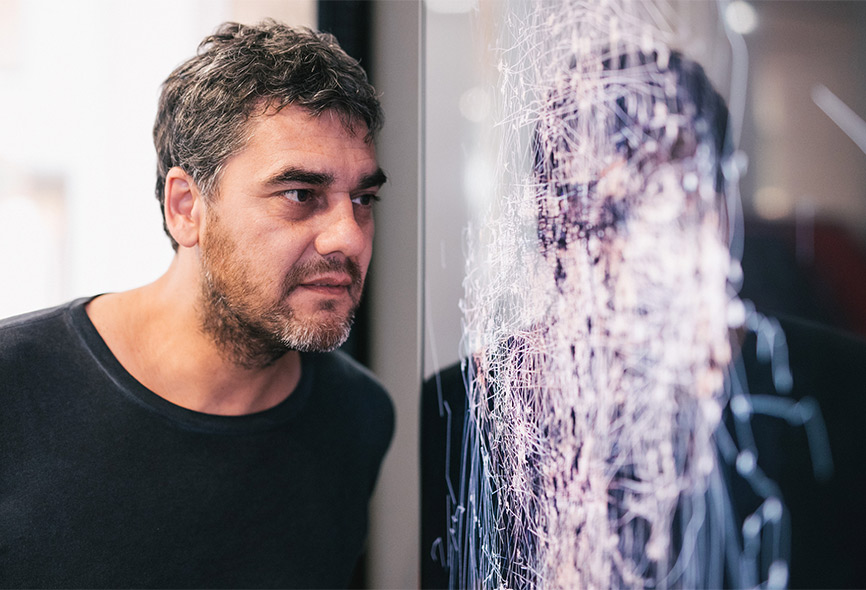Together with twelve renowned art and cultural institutions, Ars Electronica recently initiated the European ARTifical Intelligence Lab initiiert. The Europe-wide initiative, scheduled to run for three years, is co-financed by the Creative Europe Program of the European Union and offers artists the opportunity to take part in a residency with scientific institutions: These include the Muntref Centro de Arte y Ciencia, the Laboratorio de Neurociencia de la Universidad Torquato Ditella in Buenos Aires or the University of Edinburgh. Interested artists who wish to develop new artistic approaches at the interface of neuroscience and artificial intelligence can apply for this first residency until February 25, 2019. The results of the residency will then be presented at the Ars Electronica Festival in Linz and at twelve network partners throughout Europe.
The term artificial intelligence is used to describe systems such as self-learning neural networks, autonomous mobile robots and intelligent digital assistance. What fascinates you about this topic?
Mariano Sardón: In a conversation with Gerfried Stocker, the artistic director of Ars Electronica, during one of his visits to Buenos Aires a few years ago, we thought that some areas of science, such as Neuroscience and Artificial Intelligence, were generating a lot of results and processes which would inevitably impact on our society, and such an impact would need a space for reflection and development in a wide perspective, introducing artists in the context. A kind of framework for addressing the implications of those researches in our conceptions as human beings.
“Artificial Intelligence and Neuroscience involve a large number of disciplines, applied technologies, theoretical models as well as multiple groups of specialists. They are interdisciplinary, multidimensional by definition and comprise different epistemologies that create new complex representational tools.”
You have mentioned self-learning neural networks, autonomous mobile robots and intelligent digital assistance and other technics as AI examples. On the other hand, you have Neuroscience addressing the human brain from very diverse backgrounds. Let us add Art and its huge potential for dislocating structures and proposing new visions. We’ll then have a fascinating cocktail at the encounter zone. A captivating territory to explore and go beyond, new ontologies and relations to reveal. One might think about it not only in terms of specific research topics, but also as new ways of forming groups of people to collaborate and to generate technical resources in an alternative ecosystem for creativity.
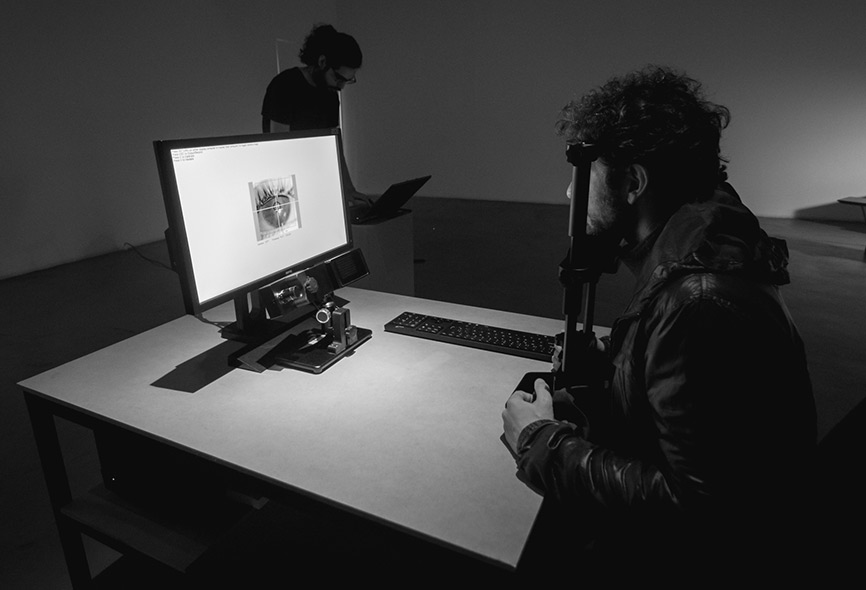
The European ARTificial Intelligence Lab deals with visions and fears that we associate with all-encompassing artificial intelligence – what do you hope for, what do you fear?
Mariano Sardón: I agree, all-compassed artificial intelligence generates multiple reactions. Artificial intelligence and all its developments clearly confronts us to unimaginable challenges. Like in other areas of techno sciences, we are capable of modeling, of building technologies challenging capabilities of human beings, and at the same time, those productions claim us as species in different and radical ways. The situation has generated ambivalent feelings and positions in an inevitable way; both for the expectations that Artificial Intelligence implies, and the fears of facing what we do not know that we are capable to do. According to these biases, we’ll promote to think out of the box giving artists and their art an important role in the residency. We’ll encourage to explore epistemological frameworks of neuroscience and AI technologies in order to generate a context for projects which will allow us to rethink about fears and hopes concerning those fields.
As to hopes and fears, it also makes me think about it in a double sense: We can think that hopes and fears are part of the artistic and scientific exploration processes. I suppose they all have in common a tension between hopes and fears. I guess the processes of invention or creation imply hope. I think we create because we hope. And at the same time, what we generate sometimes engages us towards the unknown which always implies fear in different ways. It would be important to work along the residency taking into account fears and hopes in neuroscience and AI; that would be something to explore definitely.
This residency is primarily about the connection between art and science – two fields to which the Muntref Centro de Arte y Ciencia has dedicated itself. Can you introduce us to Muntref?
Mariano Sardón: The Muntref Art and Science Center is a place for interdisciplinary researches in itself effectively. It is a kind of Meta-Lab which promotes the articulation between necessary contexts for projects which need to traverse science, art, industry and other territories.
“It would be important to remember that the relationship between scientists and artists is often stated but it is very difficult to practice it in a concrete way. Sometimes the departments of Science and Art are at scarce meters at the Universities but at many light-years in terms of mutual knowledge of topics of interest and perceptions. We are occupied to cut that distance as much as possible at Muntref.”
We work based on projects that can be interesting for artists and scientists. The project is the fundamental starting point of the process at Muntref Arte y Ciencia. We work establishing resonances with other researchers who may be interested in being part of the development in different ways. We focus in the generation of what Martin Honzik, head of the Ars Electronica Festival, defines as “empathy links” between persons in several disciplines. We take a time working in fostering such an empathy between common territories of research and sensibilities among people from different backgrounds.
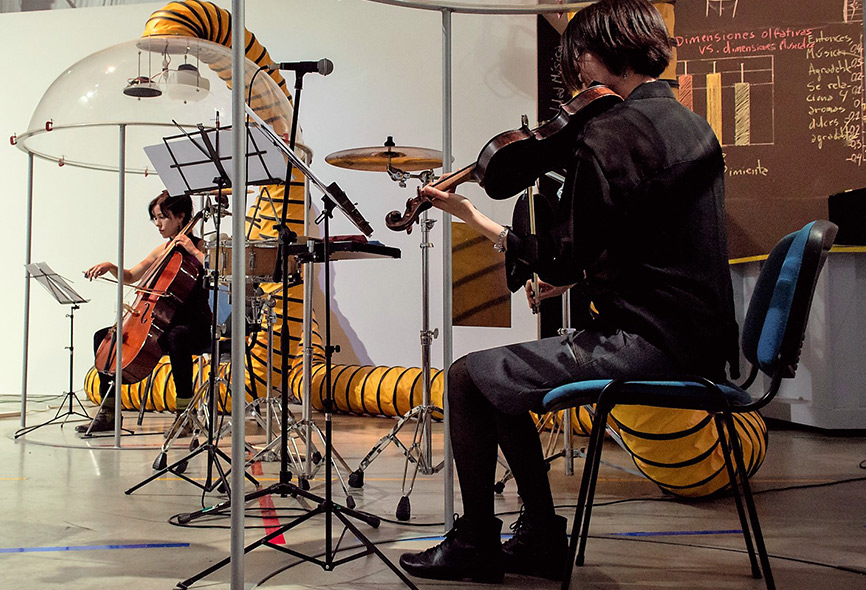
I like the idea of Art and Science as an everyday life performatic practice. It implies a way to do things in ordinary life in scientific labs and art studios. Some of these practices allow a better entrance and interaction between artists and scientists if they share a daily life. We usually materialize it promoting the staying of artists in science spaces and vice versa. So artists and researchers establish systematic meetings in laboratories, operating technical devices and methods, studying relevant theories and frameworks for researches, exchanging ideas and debates, etc. We attempt to generate a context for such a practice mentoring and guiding those interactions which are fundamental to establish a good empathy link.
Throughout the years, the Muntref has developed a network of professionals of very diverse areas both in Argentina and in the rest of the world that constitutes its richness for the development of artistic – scientific projects. Our main partner is Neuroscience Laboratory at Torcuato Di Tella University in Buenos Aires. We have shared collaborations in different fields as reading and image cognition, cross modal researches, social psychology, learning processes, among others. Other Institutions and independent researchers, as the University of Buenos Aires, University of Quilmes, INVAP, Oxford University,etc, have joined too.
To whom exactly is the residency of the European ARTificial Intelligence Lab aimed at? What does the artist require in order to participate?
Mariano Sardón: The residency is designed for all those scientists, artists, designers, musicians, etc., who have projects implying Neuroscience and AI and Art in a very broad sense. We seek for new insights about AI technics and Neuroscience. We look for anyone who is willing to interact with different visions, who is willing to go deep into other practices and different worldviews.
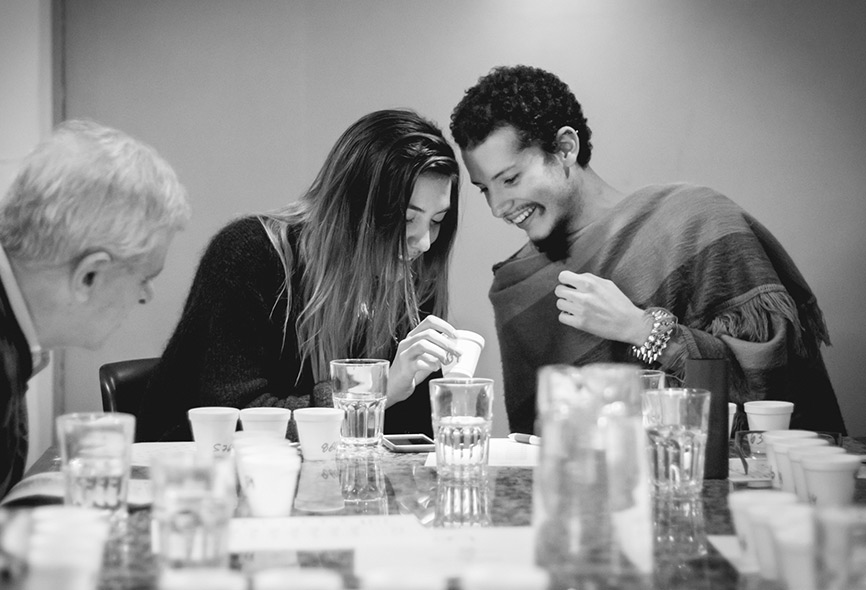
The selected artist will also participate in a residency at the Laboratorio de Neurociencia de la Universidad Torcuato Di Tella. What possibilities are there? What are the laboratory’s goals?
Mariano Sardón: The Neuroscience Laboratory at Torcuato Di Tella University is our main partner of the network. As I have stated before, we have shared many interactions for different projects. It is an interdisciplinary group constituted by physicists, psychologists, biologists, engineers, education scientists, biotechnologists, linguists, mathematicians, artists and computer scientists.
The group has broad interests in neuroscience and experimental psychology and has developed numerous interactions with representatives of different domains of human culture, including musicians, professional chess players, primary school teachers, mathematicians, magicians, visual artists and chefs. A shared motivation of the group is to progressively incorporate more phenomenological aspects of the mind into quantitative areas, trying to be agnostic and innovative in methodologies and looking to combine in a new way emerging ideas.
Last but not least, what are you particularly looking forward to in this residency?
Mariano Sardón: We’ll have a residence in two places and in two parts, in Buenos Aires and Linz. The first part of the residence will work on the establishment of common interests between the artists and scientists from the initial project as a departing point, as I mentioned. We’ll take a time at the beginning in designing what would be the next step for the project taking into account different perspectives. This common scenario would imply a strategic and significant interest for different areas promoting a more adequate use of resources.
Generating such a context for the project, we hope to develop processes with strong Art and Science interrelation, looking for a creative action in Art – Neuroscience and Artificial Intelligence exploration. We’ll be supporting and guiding along the residence in Buenos Aires as well as in Linz. We expect the residency becomes a long term creative research that will be able to produce spin-offs in several directions. We also look forward to opening multiple dimensions of meanings of AI and Neuroscience practices rooted in a strong Artistic process.
I look forward Art become fundamental for the process, because Art can operate like a flexible glue in order to attach and produce unexpected bridges between concepts, methodologies, perceptions, materials and envisions.
All information on how to apply for the residency of the European ARTificial Intelligence Lab can be found at ars.electronica.art/ailab!

This project has been funded with support from the European Commission.
This publication (communication) reflects the views only of the author, and the Commission cannot be held responsible for any use which may be made of the information contained therein.
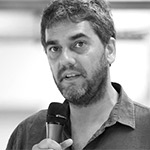
Mariano Sardón, born in Argentina, studied physics at the University of Buenos Aires and is currently Professor and Head of the Electronic Art Program at the Universidad Nacional de Tres de Febrero. Buenos Aires, Argentina. He received the Konex Prize in the Fine Arts Category 2012 of the Konex Foundation, Buenos Aires, the Experimentation Prize in Non-traditional supports and video 2008 of the Argentine Association of Art Critics.
